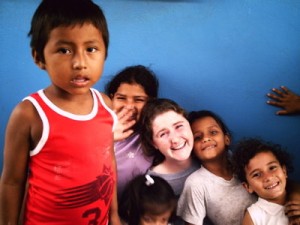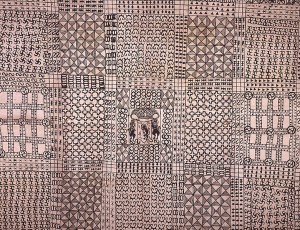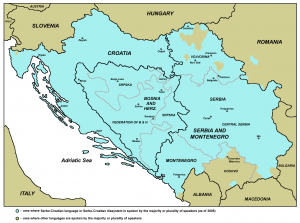
My name is Meredith, though when speaking Spanish, I find it more comfortable to go by “Meche,” a nickname I’ve had in Spanish classes for a long time. I just completed my first class with GLN in Spanish Nearly Native with Fabi Perera. I’m a lifelong Spanish learner, but it really began to solidify more than seven years ago when I did a year of volunteer service in Guayaquil, Ecuador. I worked at a small clinic in the morning as the receptionist and at a school teaching English as a foreign language in the afternoons.
While I lived there I was continually fascinated with how specific language is tied to environment and place. This occurred to me during a sweltering hot December day when I had to demonstrate what exactly a “one-horse open sleigh” is and why exactly it is connected with the sound of bells. There are about 6 different adjectives tied directly to water in Ecuador. Agua vida, agua hervida, agua herbita, agua pura, aguas Guatemalas. There are some fruits that will never have an English name for me. The sweetness of a maduro cannot be contained in the word plantain. And manestra just sounds so much more appetizing than stewed lentils. There are two words for prayer rezar and orar. There are also those English words that have crept into Spanish somehow, but sound so much cooler surrounded by other Spanish words, like full and chance. And then there are words in Espangles like asfaltar (to pave) and parquear (to park).
My class with GLN gave me a chance to rediscover the joy of these words and phrases. Catiras for the blond girls in our class (also used for blond beers!), kuchi for something that is sweet and endearing. I was pleased to learn that there is a South American version of The Onion and the satisfaction that my southwestern Ecuadorian accent is not an aberration, but merely Caribbean.
My favorite thing about the class though was the enthusiasm all my classmates had just to be present and enjoy hearing and speaking Spanish. Unlike any high school or college class I’ve ever taken, the students at GLN are under no obligation to be there, they simply want to be present. Which brings me to my favorite Ecuadorianism of all:
Question: ¿Comó esta usted? (How are you?)
Response: Aqui. (Here.)
It is how a good number of people respond when asked how they are. “I’m here. Can’t you see?” They are in the present moment, and sometimes it’s good and sometimes it’s bad, but mostly it means, I’m where I am right now, whether that is working, resting, laughing, crying, learning or teaching.
Let’s not forget to be here.




